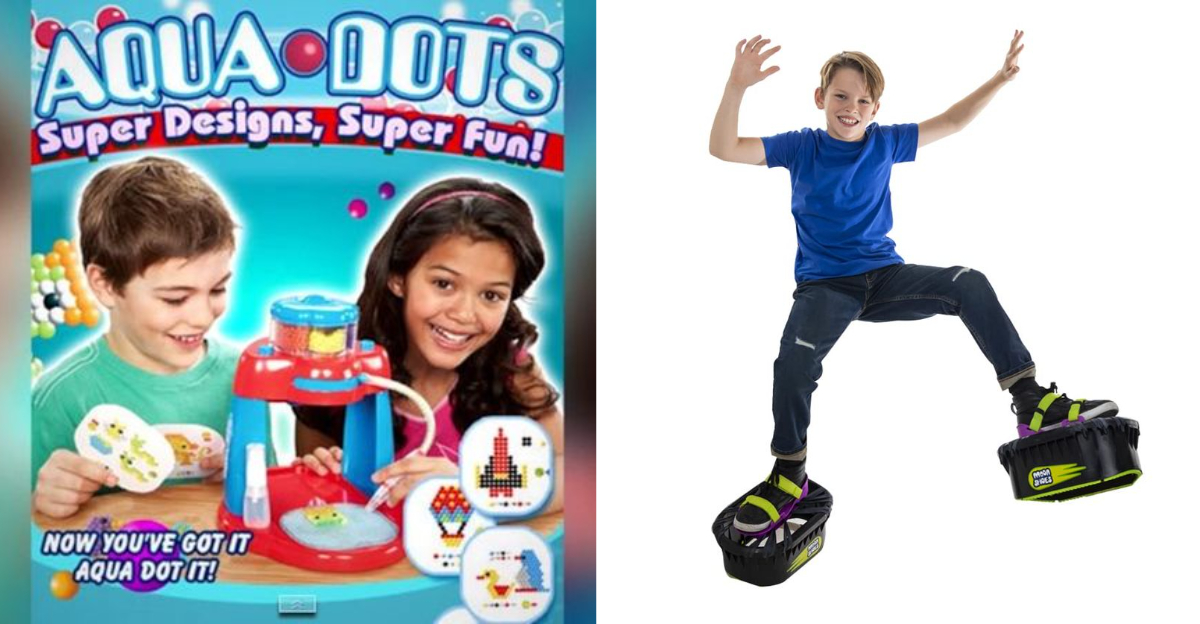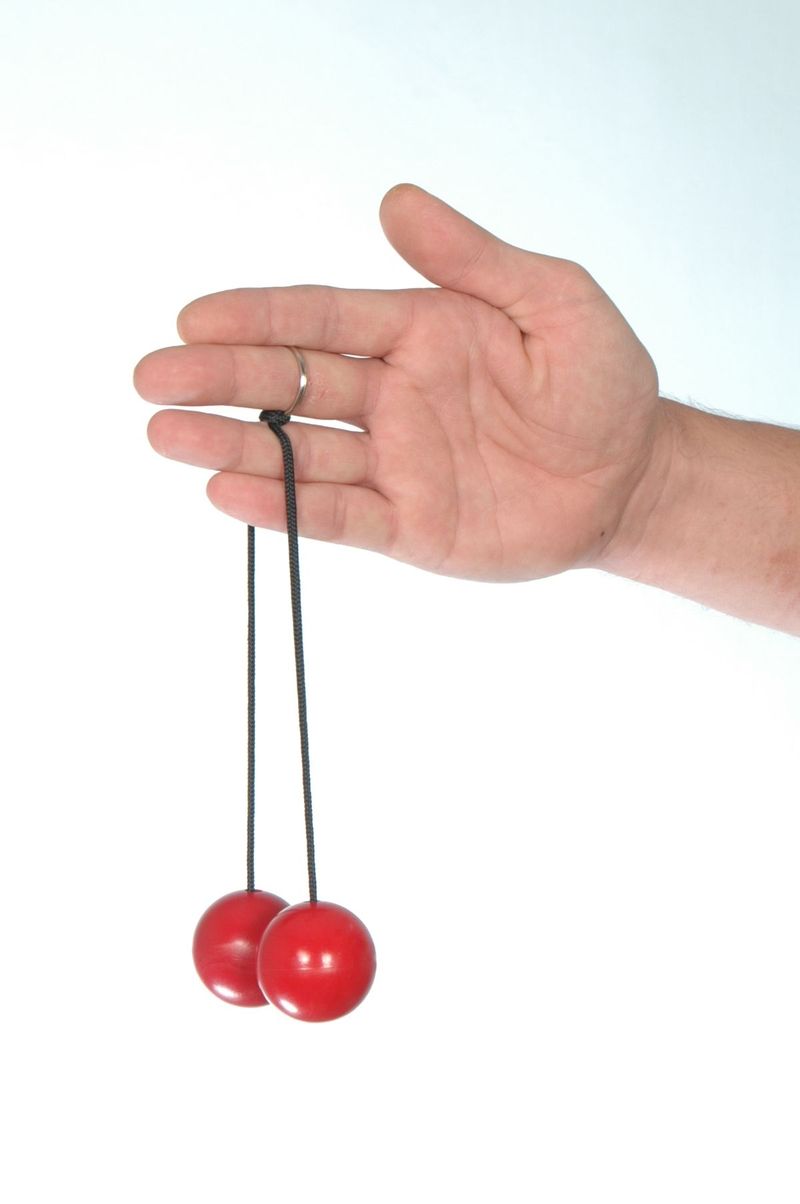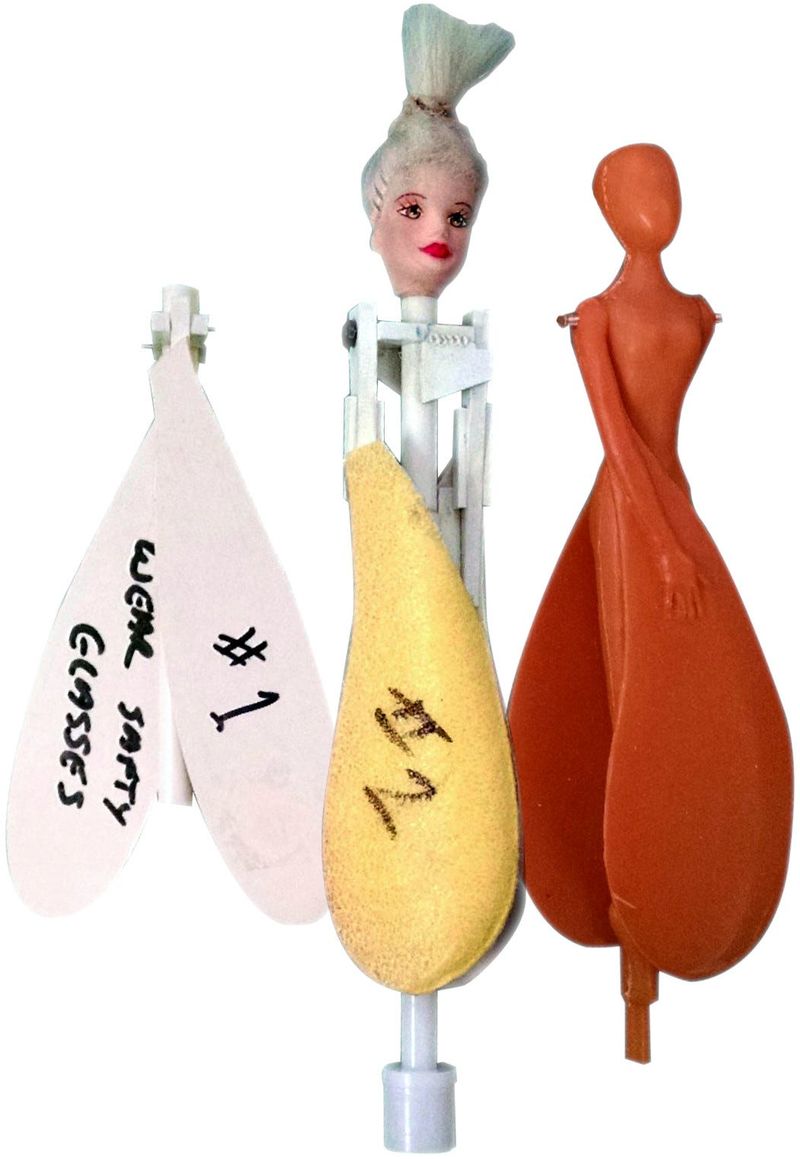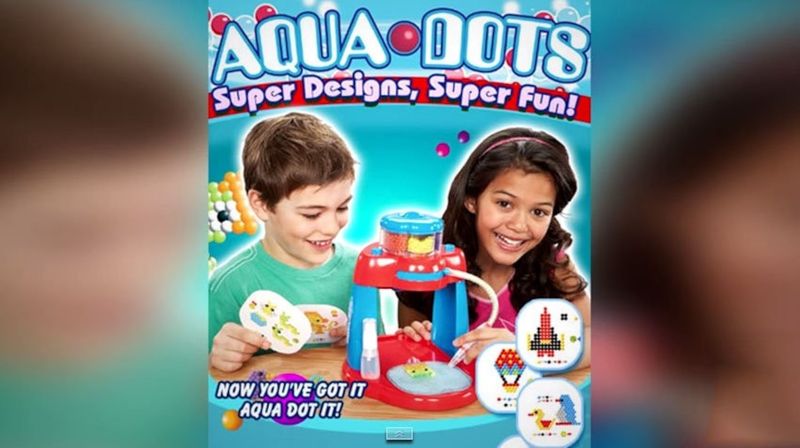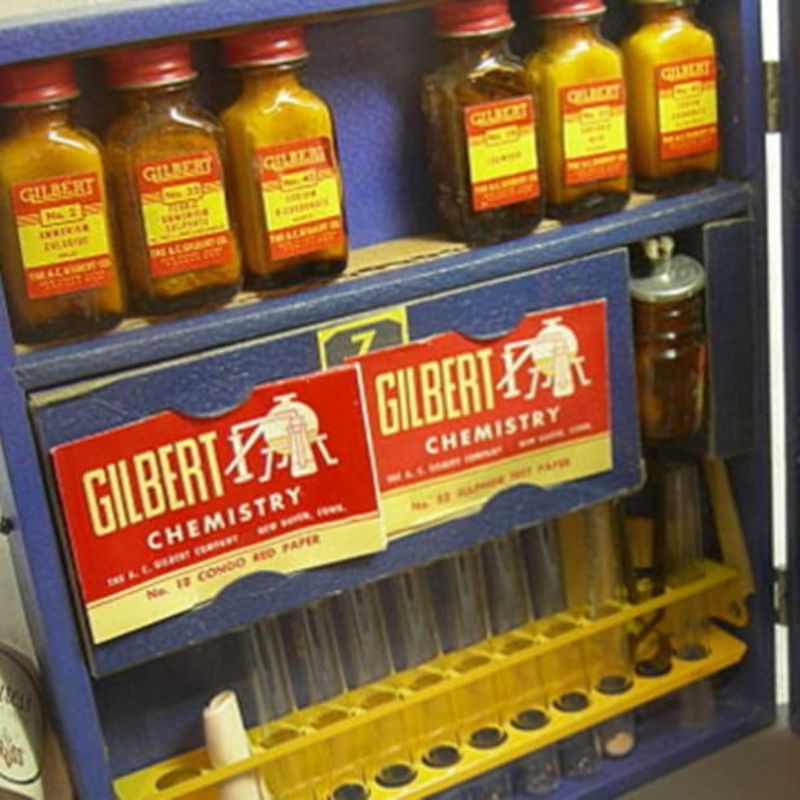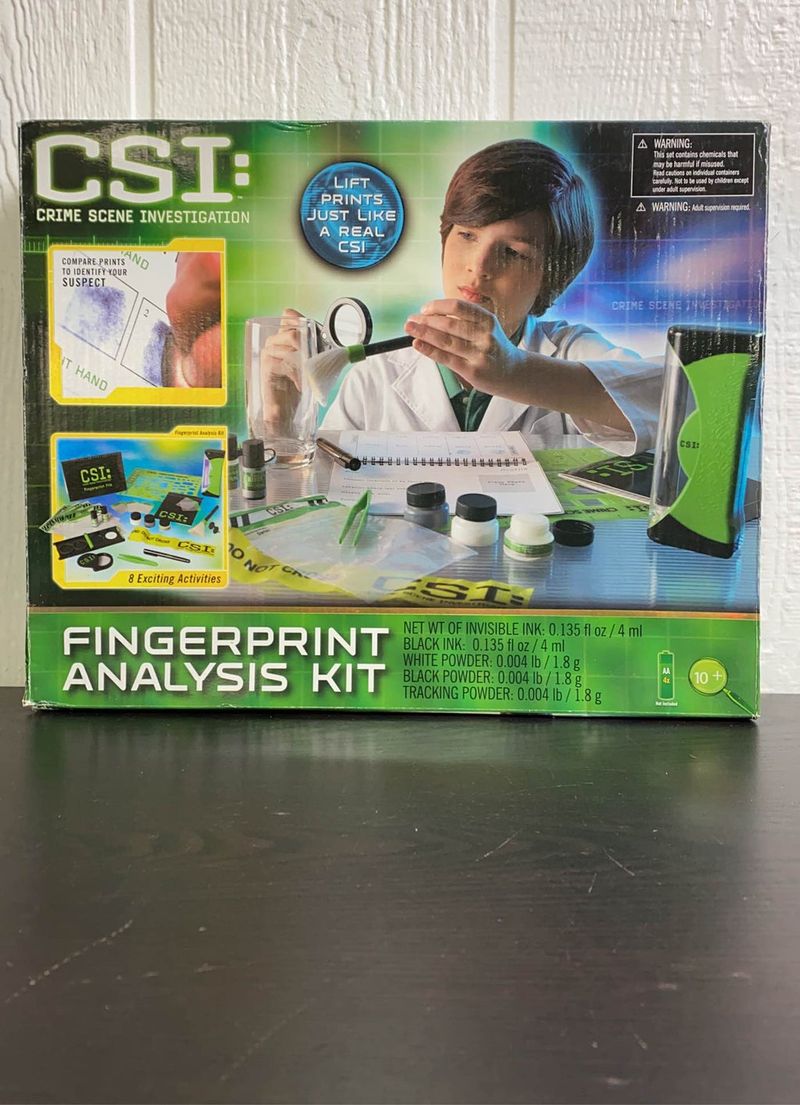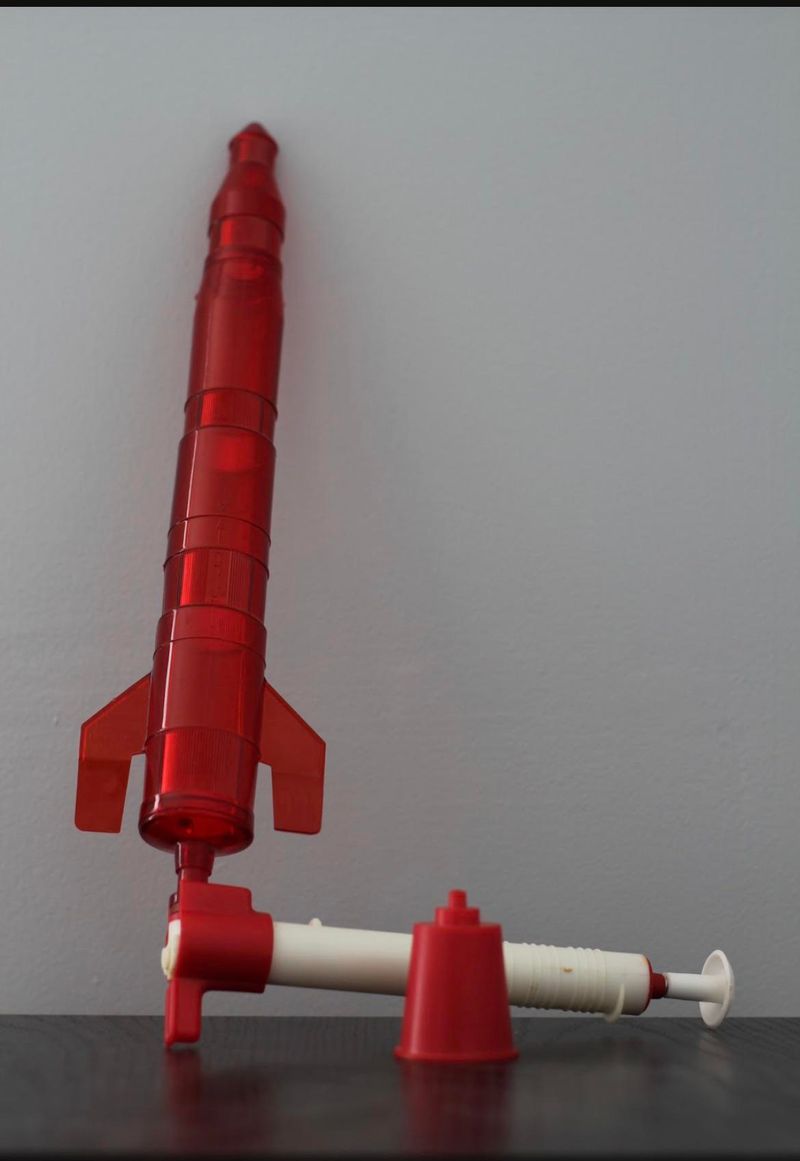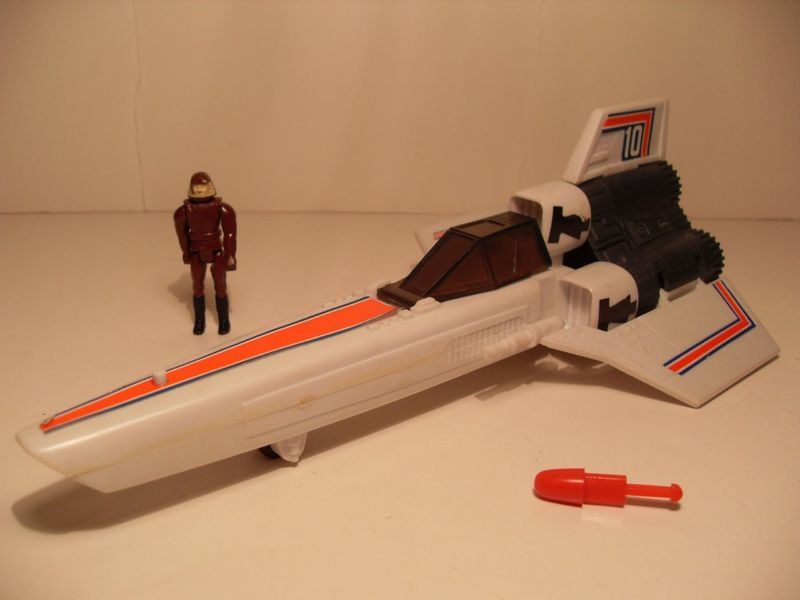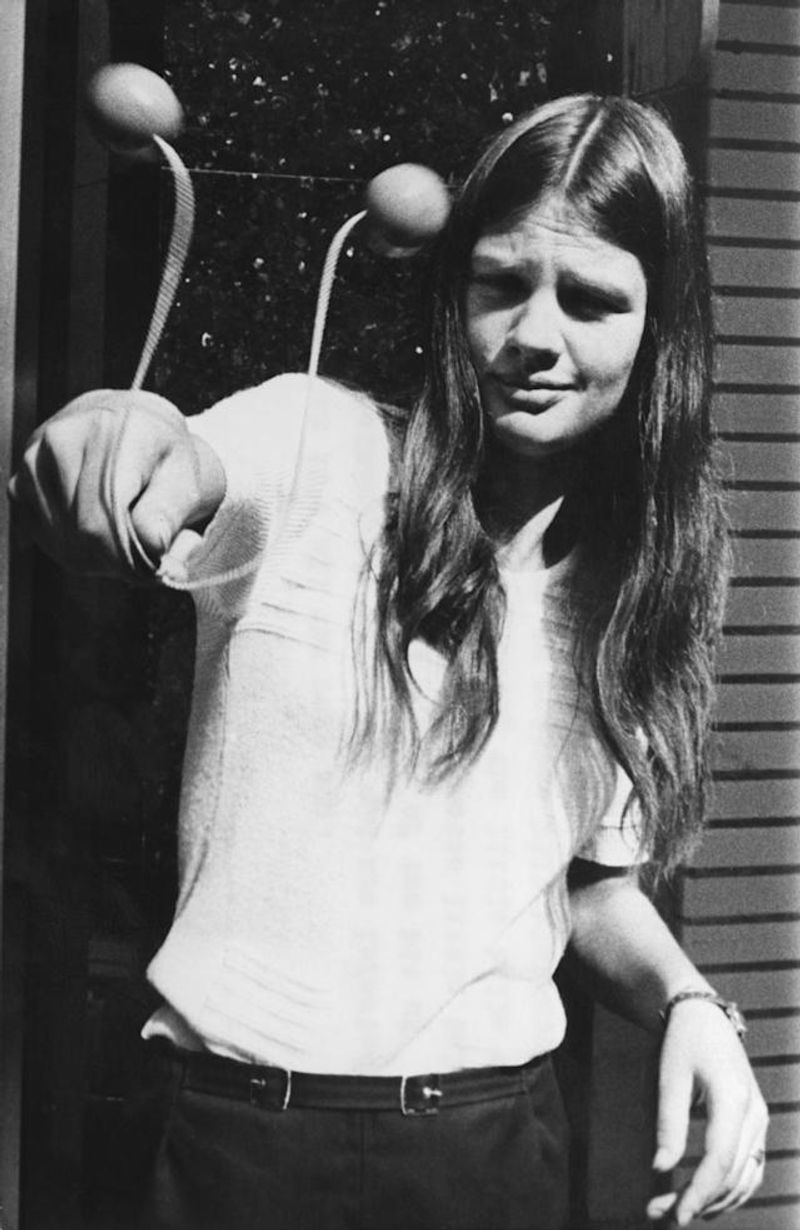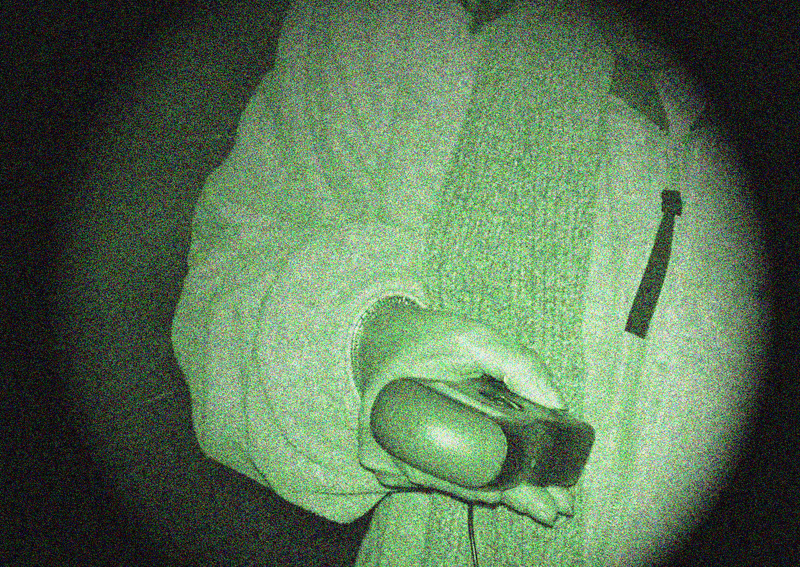Growing up in the 1980s meant playing with toys that would never pass today’s safety standards. Back then, manufacturers seemed more concerned with making toys exciting than keeping kids safe. From toys with dangerous chemicals to playthings that could cause serious injuries, these popular 80s items combined fun with surprising hazards. Let’s look back at some childhood favorites that would give today’s safety inspectors nightmares!
1. Lawn Darts
Heavy metal darts with sharp points were somehow marketed as a backyard game for families. Players would toss these weighted missiles toward a target ring on the ground, often with little regard for where they might land.
After numerous injuries and several deaths, including a 7-year-old girl in 1987, Lawn Darts were finally banned in the USA in 1988. Before the ban, an estimated 6,100 emergency room visits each year were linked to these dangerous projectiles.
The game lives on in infamy as perhaps the most obviously dangerous toy ever mass-marketed to children. Modern versions use blunt plastic tips, but original sets are still found in garage sales.
2. Clackers
Two acrylic balls attached to a string created a satisfying clacking sound when swung correctly. Kids would swing the balls up and down, trying to make them collide above and below the hand.
The problem? These hard plastic spheres frequently shattered upon impact, sending sharp shards flying into faces and eyes. Made from acrylic that could splinter into dangerous fragments, Clackers were essentially miniature wrecking balls in the hands of children.
Though technically a 70s toy, many kids still played with hand-me-down Clackers well into the 80s before improved safety regulations removed them from shelves.
3. Mini-Hammocks Without Safety Features
Rope mini-hammocks became a bedroom staple for many 80s kids. These compact sleeping nets hung between two points and created cozy reading nooks or sleeping spots for children.
The danger came from their design—lacking proper safety features, children could become entangled in the loose ropes. Between 1984 and 1995, at least 12 children died from accidental strangulation when they became caught in the hammock’s mesh or rope openings.
After multiple recalls, manufacturers added safety features like non-removable wooden spreader bars and smaller gaps in the netting, but the original versions remained in many homes for years.
4. Sky Dancers
Launched in the late 80s but popular into the 90s, Sky Dancers featured fairy-like dolls with foam wings. When placed on their bases and pulled, they would spin rapidly into the air, “dancing” as they flew unpredictably around the room.
Their erratic flight patterns made them dangerous projectiles. Children and parents reported eye injuries, temporary blindness, broken teeth, facial lacerations, and even a mild concussion from these whirling hazards.
Galoob finally recalled nearly 9 million Sky Dancers in 2000 after receiving 170 injury reports. The toy later returned with redesigned, softer wings and more predictable flight patterns, but the original versions were flying hazards.
5. Aqua Dots
These colorful beads could be arranged into designs and then sprayed with water to fuse them together. Children loved creating permanent art projects with these sticky dots that seemed harmless enough.
The shocking truth emerged when scientists discovered the beads were coated with a chemical that, when ingested, metabolized into GHB—commonly known as the “date rape drug.” Several children who swallowed the beads became seriously ill, with some falling into comas.
A massive recall followed in 2007 after numerous poisoning cases. The manufacturing error substituted a toxic chemical for a safe one, creating one of the most dangerous chemistry experiments ever accidentally sold as a children’s toy.
6. Moon Shoes
Marketed as “mini-trampolines for your feet,” Moon Shoes promised to give kids the experience of bouncing as if in low gravity. The plastic platforms attached to feet with velcro straps and contained stretchy elastic bands for bouncing.
Unfortunately, the ankle straps provided minimal support while the unstable platforms created perfect conditions for sprains, breaks and falls. The elastic bands frequently snapped, causing painful recoil injuries and unexpected falls.
Despite numerous injuries, these hazardous “toys” remained on the market through several iterations. Later versions improved stability somewhat, but the original 80s Moon Shoes were essentially miniature injury machines strapped precariously to children’s feet.
7. Chemistry Sets With Real Chemicals
1980s chemistry sets contained genuinely dangerous chemicals that would never be allowed in children’s toys today. Sets often included potassium nitrate (used in gunpowder), ammonium nitrate (used in explosives), and various caustic acids.
Instructions even guided children through experiments that created explosive reactions, generated toxic gases, or produced flammable compounds. The Gilbert Chemistry Set, popular well into the 80s, famously included uranium ore and chemicals for producing chlorine gas.
Parents typically supervised these “educational toys” minimally, if at all. While they did inspire many future scientists, these chemistry sets also sent plenty of curious kids to emergency rooms with chemical burns, respiratory issues, and eye injuries.
8. Snacktime Cabbage Patch Kids
These dolls featured a mechanical mouth that would “eat” plastic food when inserted. The battery-powered mechanism used real mechanical force to pull items toward the doll’s mouth and into a backpack.
The problem? The dolls couldn’t distinguish between plastic snacks and children’s fingers or hair. With no emergency shut-off switch, the dolls would continue chewing until batteries were removed or the motor burned out.
Numerous incidents of trapped fingers and painfully entangled hair led to their recall in 1997. Mattel offered full refunds for the $40 dolls after receiving over 100 official complaints, but countless others went unreported as children learned the hard way about mechanical hazards.
9. CSI Fingerprint Analysis Kit
This forensic science kit allowed children to dust for fingerprints just like real crime scene investigators. The powder included in the kit seemed like harmless dust for revealing latent prints on surfaces.
Lab tests later revealed the powder contained up to 7% asbestos, a known carcinogen that can cause deadly lung diseases. The asbestos-laden dust could easily become airborne during use, putting children at risk of inhaling the dangerous fibers.
After the Asbestos Disease Awareness Organization discovered the hazard in 2007, the kits were pulled from shelves. Unfortunately, thousands of children had already played detective with this genuinely dangerous evidence collection kit, potentially exposing themselves to lifelong health risks.
10. Splash Off Water Rockets
Water rockets provided summer fun by using water pressure to launch plastic rockets high into the air. Children would pump the launcher to build pressure before sending the rocket skyward.
The poorly designed pressure chambers frequently exploded during pumping, causing plastic shrapnel injuries. Even when working correctly, the unpredictable flight paths meant rockets often struck unsuspecting children.
One popular model, the Water Rocket 500, was recalled after reports of exploding launch bases that caused facial injuries and lacerations. Parents often modified these toys to achieve greater heights, inadvertently creating even more dangerous high-pressure launching systems that could send rockets hundreds of feet into the air.
11. Slip ‘N Slide
This backyard water toy consisted of a long plastic sheet that, when wet and soapy, allowed children to slide across it at high speeds. Kids would get a running start before diving onto the slippery surface.
While seemingly innocent fun, the Consumer Product Safety Commission discovered adults and teenagers were suffering neck injuries, paralysis, and even death when sliding on these mats. Their longer bodies would stop suddenly while their momentum carried their heads forward, causing spinal compression.
WHAM-O added warnings in 1993 that the toy was only for children under 12, but many older kids and adults continued using them. The original 80s versions had minimal padding and were often set up on hard or uneven surfaces, increasing injury risks.
12. Battlestar Galactica Colonial Viper
Based on the popular TV show, this toy spacecraft fired small plastic missiles at the press of a button. The spring-loaded projectiles could shoot several feet with surprising force.
The missiles were perfectly sized to be choking hazards, measuring just under an inch in diameter. After a child choked to death on a similar missile from a Battlestar Galactica toy, Mattel recalled over 300,000 of these spacecraft in 1978.
Despite the recall, many remained in homes throughout the 80s. The toy demonstrated a common problem with action figures of the era—small, detachable parts that could be fired with enough force to cause injury or be swallowed by younger siblings.
13. Wham-O Powermaster Crossbow
This realistic-looking toy crossbow could fire plastic darts up to 250 feet with surprising accuracy and force. The powerful spring mechanism launched projectiles far faster than most toy weapons of the era.
The darts featured hard plastic tips that could cause serious eye injuries. Several children were blinded or suffered facial injuries from these high-velocity projectiles before the toy was eventually discontinued.
Adding to the danger, many kids modified the crossbows to fire improvised ammunition like pencils, sticks, or metal objects. The toy’s power and range made it particularly hazardous in neighborhood “wars,” where children often aimed for each other rather than proper targets.
14. Ghost Detector
This novelty toy claimed to detect supernatural presences through a handheld device with flashing lights and sounds. The gimmick seemed harmless enough—until researchers discovered what was inside.
The “detector” contained a small amount of radioactive material, typically americium-241, which ionized air to trigger the device’s sensor. Children were essentially carrying around a radioactive source, often keeping it in pockets or under pillows “to catch ghosts while sleeping.”
While the radiation levels were relatively low, prolonged close contact posed genuine health risks. The toys were eventually removed from the market, but not before thousands of children had spent hours playing ghost hunter with a genuinely radioactive device.
15. Austin Magic Pistol
This toy gun fired “magic bullets” using a unique chemical reaction rather than springs or air pressure. Children would load a “bullet” (a ping pong ball) and a spoonful of calcium carbide crystals into the chamber.
When water was added, it created acetylene gas—the same highly flammable gas used in welding torches. The resulting explosion would launch the ball with a loud bang and visible flame. Children were literally playing with combustible gas reactions!
Numerous burns, eye injuries and even house fires were attributed to these chemical pistols. The toy company eventually went bankrupt after lawsuits mounted, but not before selling thousands of these miniature flame-throwers to unsuspecting children.
